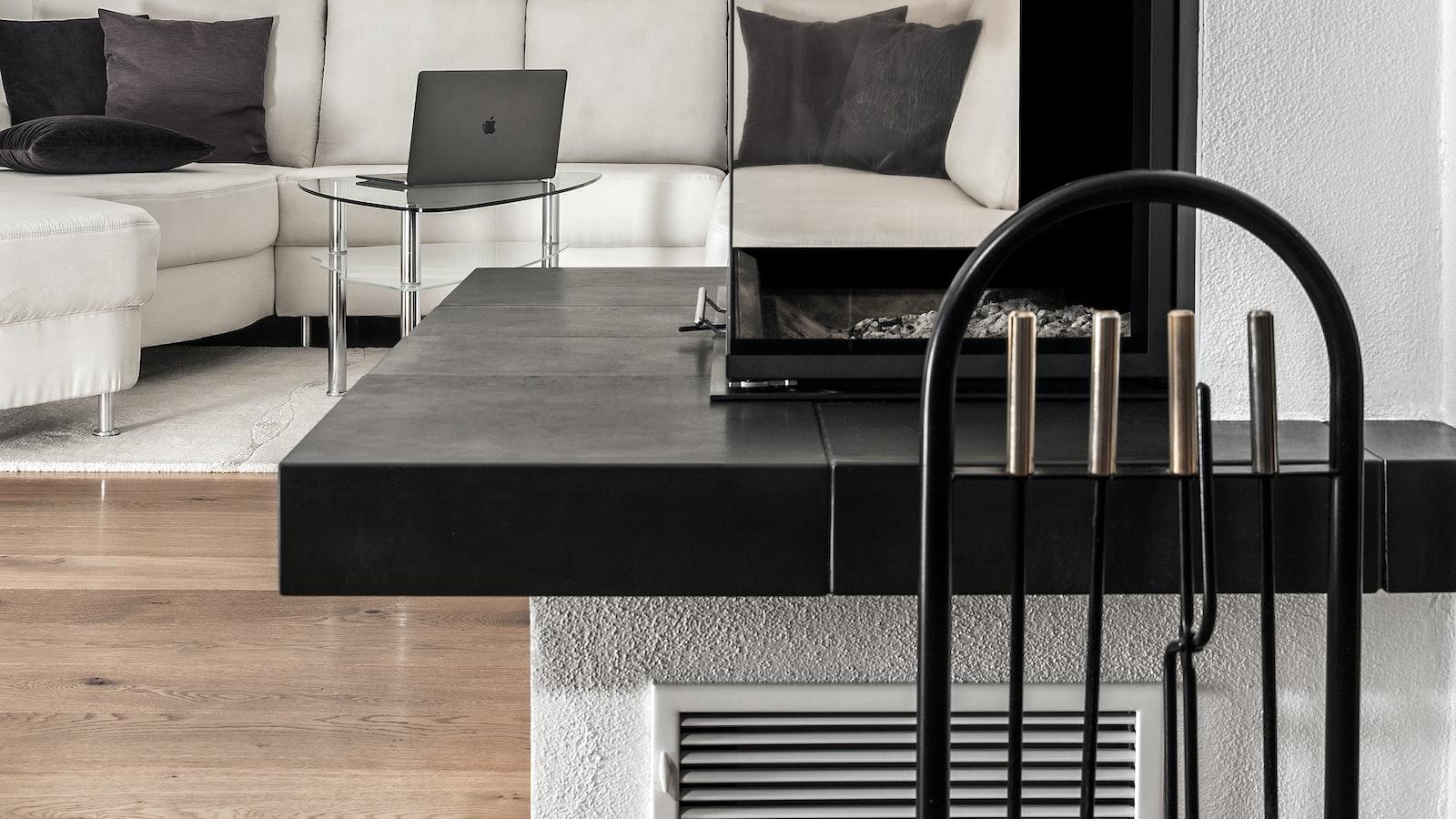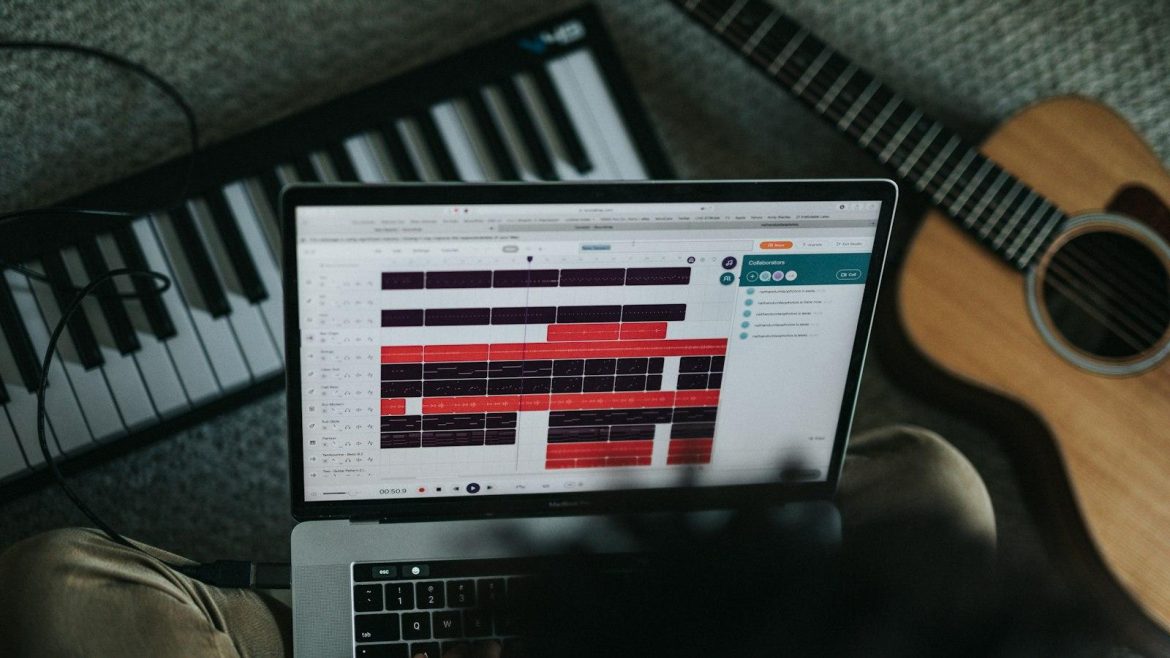Picture yourself in a smoky jazz club, the melodious tunes of a grand piano echoing in the air. The ivories dance under the fingers of a skilled pianist, captivating your senses and whisking you away into a world of musical enchantment. Now, imagine that this captivating experience could be replicated, flawlessly, in your own living room. Enter the realm of electronic pianos, where the sonic mirage of authenticity reveals itself, effortlessly resonating the true piano experience. In this article, we embark on a journey to unravel the mystery behind these musical marvels, exploring the technological wizardry that brings the soul-stirring melodies of a real piano into the digital realm. So, join us as we dive deep into the heart of these extraordinary instruments, uncovering the secrets that enable them to intertwine the boundaries of reality and digital magic. Brace yourself for an exploration that will shatter your preconceptions and ignite a newfound appreciation for the electronic piano, as we unlock the hidden chords that harmonize to create a symphony of authentic perfection.
The Sonic Mirage: Unveiling the Authenticity of Electronic Pianos
With the rapid advancement of technology, electronic pianos have become a popular choice for musicians of all levels. However, the question of authenticity often arises when comparing these digital instruments to their acoustic counterparts. The sonic mirage of electronic pianos unveils a world where innovation meets tradition, resonating a real piano experience like never before. These modern marvels offer a range of features that enhance playability, versatility, and convenience. From weighted keys that replicate the touch and feel of an acoustic piano to authentic sound samples that capture every nuance and subtlety, electronic pianos strive to recreate the magic of playing a traditional instrument. Additionally, advancements in sound processing technology have paved the way for improved tonal quality, allowing musicians to explore an extensive library of expressive and lifelike sounds at their fingertips. Break free from the constraints of space and maintenance without compromising on the authenticity of your piano playing with an electronic piano.
Resonating the Real Piano Experience: Exploring Realism and Key Features
When it comes to electronic pianos, one of the most important aspects is their ability to replicate the authentic experience of playing a real piano. It’s not just about the sound, but also the feel and response of the keys. With advancements in technology, electronic pianos have come a long way in delivering a more realistic piano experience. From weighted keys that mimic the touch of an acoustic piano to velocity sensitivity that allows for expressive playing, these key features make a world of difference. Additionally, features like adjustable touch sensitivity and a wide range of instrument sounds further enhance the immersive experience. Electronic pianos are no longer just a substitute for acoustic pianos, but have evolved into their own instrument that can offer an unparalleled musical journey. Whether you’re a professional pianist or a beginner, these advancements in realism are sure to captivate and inspire.
In a world where old and new collide, the realm of music finds itself stepping into uncharted territory. As we bid farewell to the traditional symphony of keys, we embrace the rise of electronic pianos with open arms. Our journey through the sonic mirage has been a captivating exploration, unraveling the enigma of authenticity in the realm of keyboard instruments.
With every note struck, we have witnessed these electronic marvels endeavoring to replicate the grandeur of their traditional counterparts—the iconic black and white keys that have long graced concert halls and living rooms alike. Yet, in this pursuit of capturing the essence of the real piano experience, there lies a complex web of artistry and technology that unfolds before our very eyes.
Through the mist of electronic innovation, we have come to understand that authenticity is not merely a matter of mimicking the sound of a traditional piano. It goes beyond the sheer realm of sound, transcending into the realm of touch and emotion. The creators of electronic pianos have artfully crafted instruments that strive to invoke the same tactile response, the same intimate connection, eliciting a symphony of emotions within like their acoustic counterparts.
The resonance of the real piano experience echoes through the painstaking efforts of engineers, who toil tirelessly to capture the nuanced dynamics, the subtle gradations in tone that come together to create a singular masterpiece. It is in their relentless quest to replicate the touch and feel of tradition that electronic pianos strive to reveal their true essence—a bridge between the old and the new.
Yet, in the realm of keyboard instruments, the lines between what is real and what is not have become increasingly blurred. As technology progresses, electronic pianos have become more sophisticated, embedding within them the ability to transcend their inherent limitations further. The question then arises: Where do we draw the line between the real and the synthetic?
While these electronic pianos stand tall on their own, showcasing their unique capabilities and timbre, they do not aim to usurp the throne of the traditional piano. They exist as an alternative, a parallel dimension where technological advancements fuse effortlessly with the rich heritage of music. Together, they weave intricate harmonies, expanding the horizons of musical expression.
Let us revel in the melodic symphony that both worlds offer. Let us embrace the sonic mirage and appreciate the authenticity that electronic pianos bring to our fingertips. In this vast repertoire of musical innovation, we remain suspended between the ethereal charm of tradition and the bold frontier of technology—a testament to the power of human ingenuity and the unwavering pursuit of preserving the magic of music, one key at a time.


